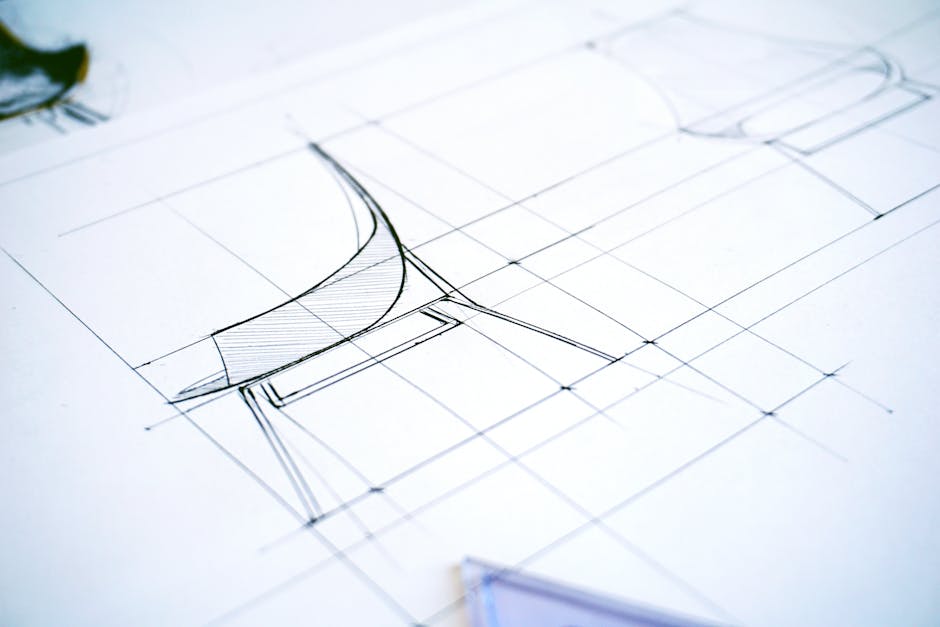Design led innovation is an approach that places design at the core of the innovation process
Design led innovation is an approach that places design at the core of the innovation process
Blog Article

### Overview of Design-Led Innovation
Design-led innovation is an approach that places design at the core of the innovation process. It emphasizes understanding user needs and experiences to create solutions that are not only functional but also meaningful and engaging. This method contrasts with traditional innovation strategies that may focus primarily on technology or market trends. By harnessing the principles of design, organizations can develop products, services, and systems that resonate with users on a deeper level, ultimately driving successful outcomes.
#### Understanding Design-Led Innovation
At its essence, design-led innovation integrates design thinking with innovation strategy. Design thinking is a problem-solving framework that prioritizes empathy, creativity, and experimentation. It encourages teams to explore the perspectives of users to identify pain points and opportunities for improvement. This approach fosters a culture of collaboration, where diverse ideas converge to generate unique solutions.
The process of design-led innovation typically follows several key stages:
1. Empathy: The first step involves gaining a deep understanding of the users. This can be achieved through interviews, observations, and immersive experiences. The goal is to uncover their needs, desires, and challenges.
2. Define: After gathering insights, the next step is to synthesize the information to define the core problem. This stage is crucial as it guides the subsequent phases of the innovation process.
3. Ideate: In this stage, teams brainstorm a wide range of ideas and potential solutions. The emphasis is on quantity over quality, encouraging creativity without immediate judgment.
4. Prototype: Once ideas are generated, teams create prototypes to visualize and test their concepts. Prototyping allows for iterative experimentation, enabling teams to refine their solutions based on feedback.
5. Test: The final stage involves testing prototypes with users to gather feedback and observe interactions. This feedback loop is essential for making informed adjustments and improvements.
Through this iterative process, design-led innovation fosters a user-centered approach that enhances the relevance and appeal of the final product or service.
#### The Role of User-Centered Design
User-centered design (UCD) is a fundamental component of design-led innovation. UCD ensures that the needs and preferences of users are prioritized throughout the design process. By actively involving users in the development of solutions, organizations can create offerings that are more aligned with actual user experiences.
For example, in the realm of product development, a team might engage users in testing early prototypes of a new gadget. Their feedback can reveal critical insights about usability, aesthetics, and functionality, leading to design adjustments that better meet user expectations. This not only improves the product but also fosters a sense of ownership and connection among users, enhancing satisfaction and loyalty.
#### Benefits of Design-Led Innovation
Organizations adopting a design-led innovation approach can experience several advantages:
- Increased User Engagement: By focusing on user needs, organizations can create products and services that resonate more deeply with their audience, leading to higher levels of engagement and satisfaction.
- Enhanced Creativity: The collaborative nature of design thinking encourages diverse perspectives and creative problem-solving, opening the door to innovative solutions that may not have emerged through traditional methods.
- Improved Market Success: Solutions that are closely aligned with user needs are more likely to succeed in the market. By prioritizing user feedback and iterative testing, organizations can reduce the risk of developing products that do not meet customer expectations.
- Agility and Adaptability: The iterative process of design-led innovation allows organizations to adapt quickly to changing user preferences and market conditions. This agility can be a significant competitive advantage.
#### Implementing Design-Led Innovation in Organizations
To successfully implement design-led innovation, organizations should consider the following steps:
1. Cultivate a Design-Led Culture: Foster an environment that encourages experimentation, collaboration, and open communication. This requires leadership support and a commitment to continuous learning.
2. Invest in Training: Equip teams with the knowledge and skills necessary for design thinking and user-centered design methodologies. Workshops and training sessions can facilitate this learning.
3. Engage Users Early and Often: Involve users in the design process from the outset and continue to seek their feedback throughout development. This ensures that the final solution remains aligned with their needs.
4. Embrace Iteration: Adopt an iterative approach to design and development, recognizing that continuous improvement is essential for success.
5. Measure Impact: Establish metrics to assess the effectiveness of design-led innovation efforts. Understanding the impact on user satisfaction and business performance can help refine strategies over time.
In conclusion, design-led innovation represents a powerful paradigm that can drive meaningful change across various industries. By placing users at the heart of the innovation process and leveraging the principles of design thinking, organizations can create solutions that not only meet practical needs but also enrich user experiences.
Report this page